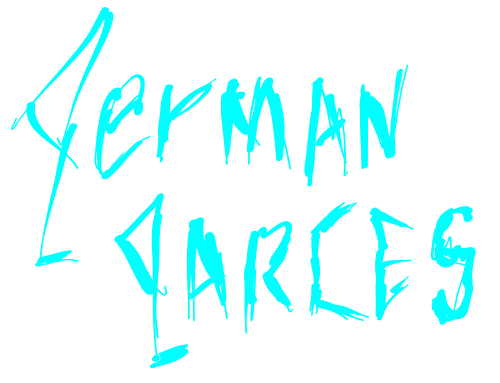Maker, Tinkerer, Self-starter, Product and Interaction Designer.
Personal Projects
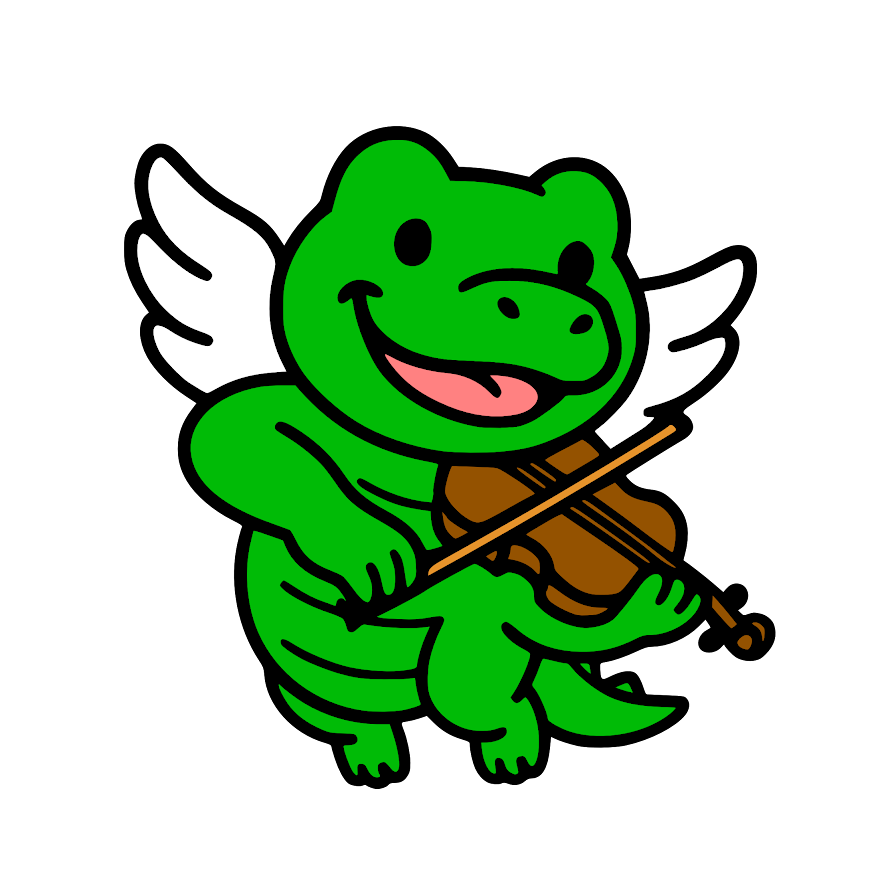
Interactive Music Learning Platform (In Development)
Marketing website + music sheet distribution (wip), Built on React and Tailwind, C# and Unity.
This music learning application is designed to help beginner students build a strong foundation in music theory through self-paced, interactive exercises. The goal: make learning music accessible, intuitive, and engaging—whether a student is learning at home or supplementing classroom instruction.
User research highlighted the need for tools that demystify core music concepts while accommodating a variety of instruments and learning styles. In response, the platform will support both pitched (treble and bass clef) and unpitched (percussion) notation—broadening its relevance across traditional and modern music education contexts.
Key Features (In Progress):
- Built-in metronome to reinforce rhythm and timing
- Tuning pitches to support ear training and instrument tuning
- Easy chord recognition exercises to simplify harmonic understanding
- Scale training tools for practice with major and minor scales
- Adaptive feedback and progress tracking for a more personalized learning journey
Roadmap Priorities:
- Looking into low cost shopping cart integration based on React.
- Expand content coverage for multiple instruments and genres
- Improve accessibility across desktop and mobile platforms
- Introduce gamification elements to drive engagement and retention
This product is positioned to become a go-to resource for early-stage music learners and educators seeking effective digital practice tools that meet students where they are.
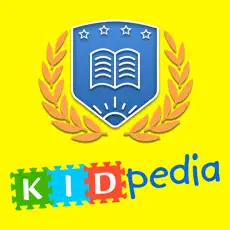
Interactive Learning For Young Children
Live demo
KIDpedia addresses a key need in the early education space: delivering quick, impactful learning experiences through digital devices, specifically designed for 1-K learners.
Through user research, I identified a common pain point among parents—finding an educational alternative to passive screen time during moments like restaurant visits, travel, or phone calls. Parents consistently expressed a desire for tools that not only keep their children engaged but also reinforce early learning concepts. KIDpedia was built in direct response to that feedback.
The product is fully designed, engineered end-to-end, and currently in active iteration. I am focused on refining content, improving UX, and aligning educational outcomes with user expectations.
Current Distribution:
- Live in public libraries across the U.S. via per-install licensing
- Available on Apple App Store and Itch.io
Roadmap Highlights:
- Platform expansion to Facebook and Steam
- Monetization shift to a subscription-based model
- New content modules in development, including: Farm, Matching, Tracing, Space, and more
KIDpedia is positioned as a go-to educational companion for parents looking to turn everyday moments into learning opportunities.
Hardware
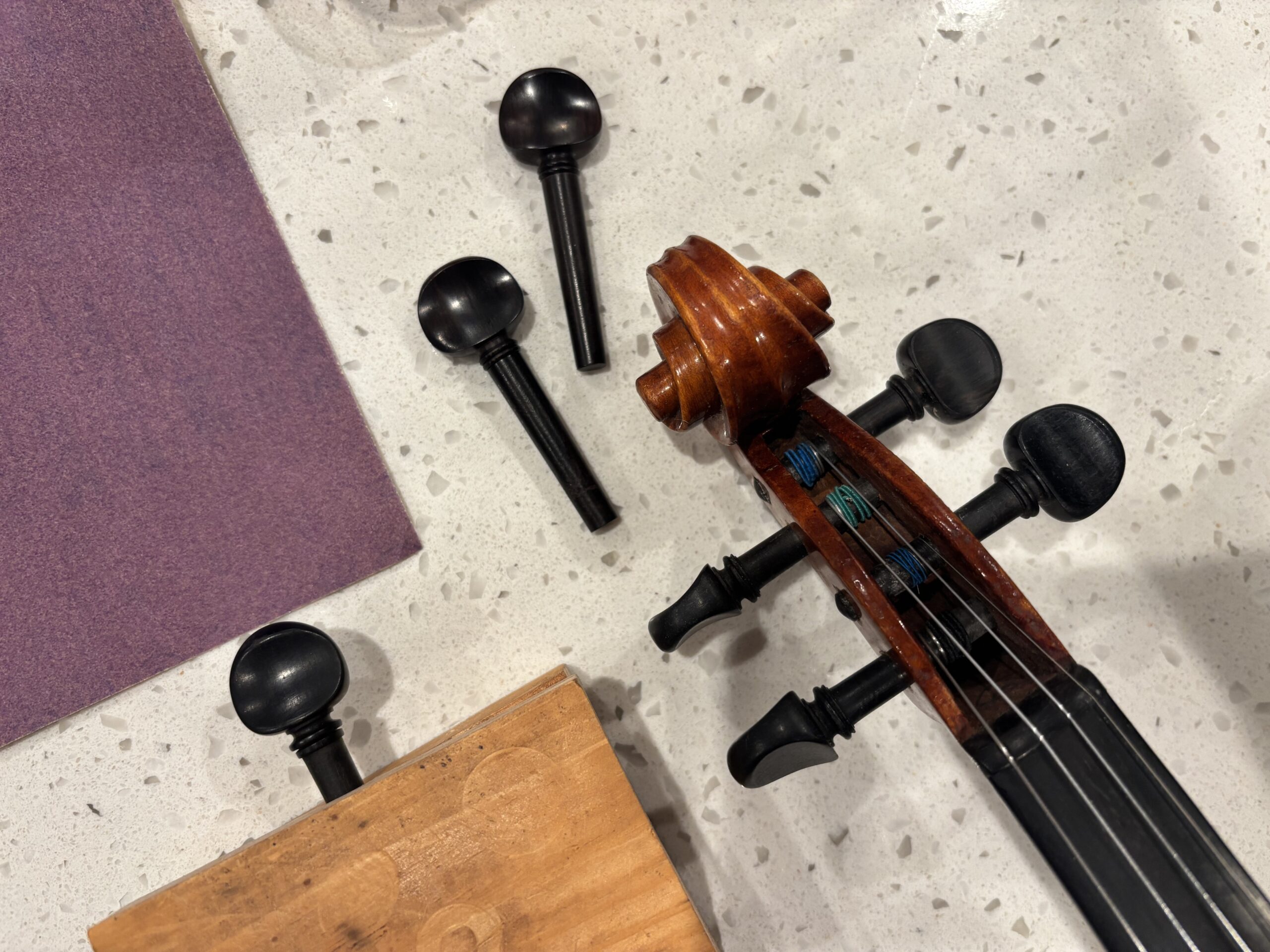
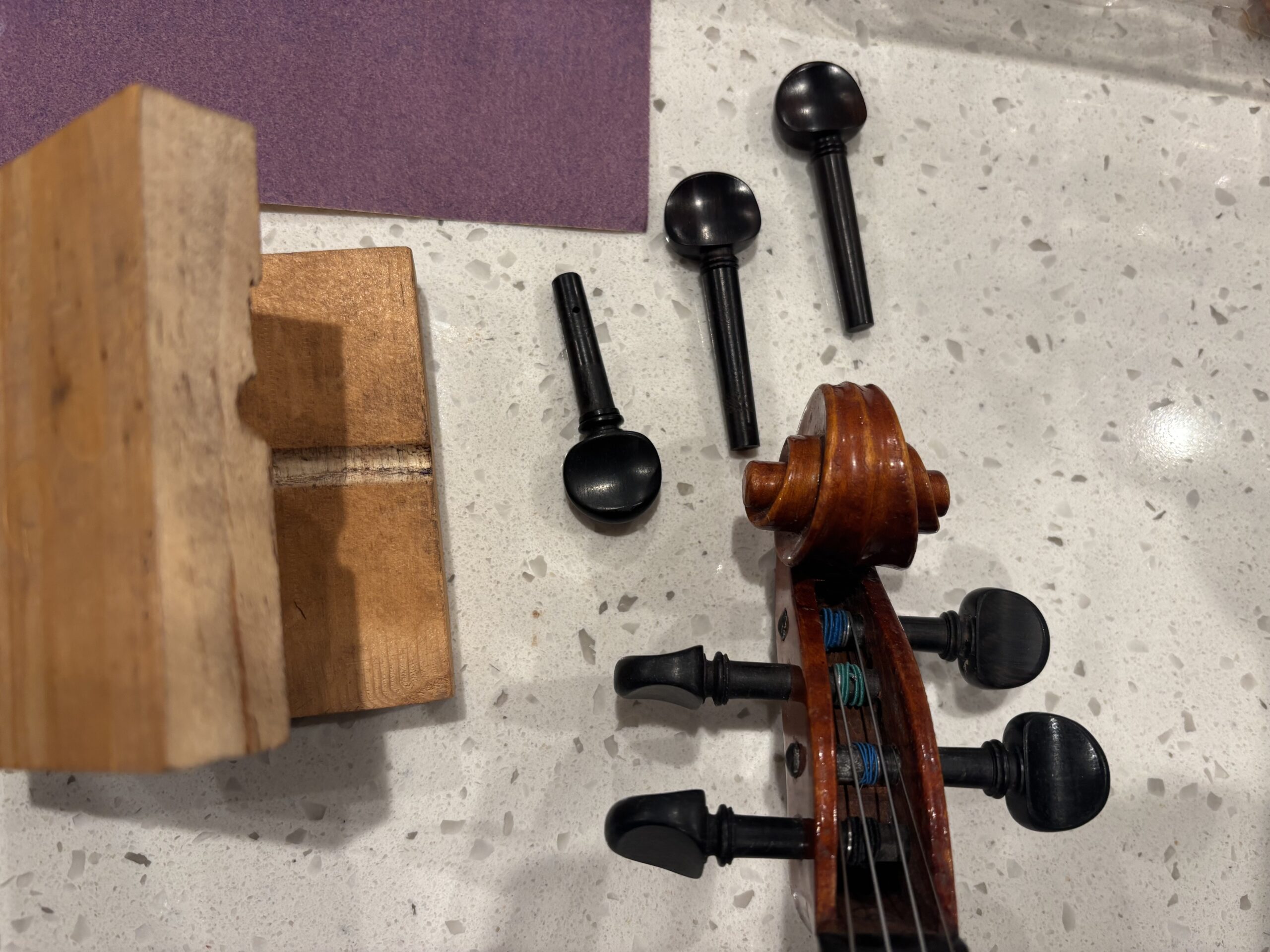
Tuning Peg Shaver Tool for DIY Violin Maintenance
Background & Problem
For violin players—especially students, hobbyists, or those with older instruments—maintaining or replacing tuning pegs can be expensive and inconvenient. Visiting a luthier for a simple peg fit or shave is often costly and time-consuming. Many violin enthusiasts who prefer a hands-on approach to instrument care are left with limited options that require expensive tools, advanced woodworking skills, or both.
The Challenge
The goal was to prototype a tool that is affordable, intuitive, and effective for violin players to shape and fit tuning pegs themselves. By creating a simplified version of a professional peg shaver, users could save on repairs and gain more autonomy in maintaining their instruments.
Solution
After determining the standard taper ratio used in violin pegboxes (commonly 1:30 or 1:25), a peg hole reamer was used to drill precisely tapered holes into two wooden blocks. These blocks act as guides and housings for sandpaper, which is used to manually shave and taper the pegs as they’re rotated through the tool. This approach ensures consistent shaping while avoiding the risk of over-shaving or uneven wear.
To refine the design, a 3D-printed prototype of the tool will be developed. The print will allow for experimentation with ergonomics, durability, and performance under real-world conditions.
Value Proposition
- DIY Accessibility: Empowers violinists to do basic maintenance at home.
- Cost Efficiency: Saves money by avoiding professional services for minor peg adjustments.
- Skill Building: Encourages hands-on learning and deeper engagement with the instrument.
Future Development
Packaging the tool as part of a larger DIY violin maintenance kit.
Iterating on the 3D model to include adjustable tension or removable sanding sleeves.
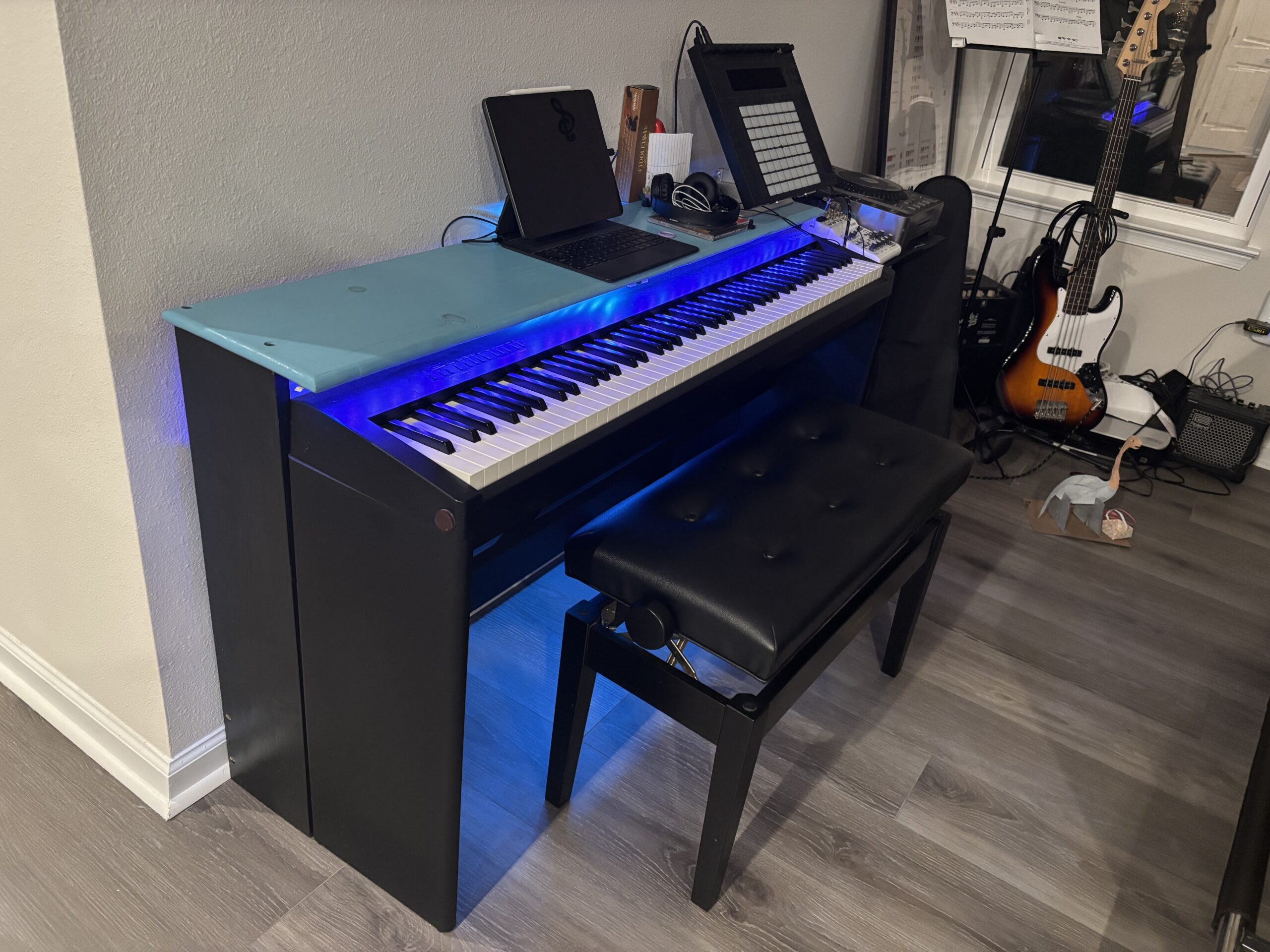

Piano Table Extension
Problem:
The original branded piano stand, while sleek and minimal, was designed solely to support the piano itself. It lacked additional surface area or attachments for placing essential tools, accessories, or devices—things like sheet music books, a laptop, audio interface, or even a coffee cup. This limitation made the setup impractical for extended practice sessions, recording, or my random things on.
Motivation:
As a pianist who also works with digital audio workstations (DAWs), MIDI controllers, and virtual instruments, I needed more usable space around the piano. Constantly juggling items off to the side or using a secondary table disrupted workflow and was ergonomically uncomfortable.
Solution:
I designed and built a Piano Table Extension—a custom-built surface or bracket system that attaches securely to the existing piano stand. It provides extra room on top of the piano for:
- A laptop or tablet
- Sheet music (digital or paper)
- Audio interface and cables
- Small MIDI controllers
- Personal items (e.g. metronome, notebook, phone)
The extension is modular, the screw hardware is visible but unobtrusive, sturdy, and maintains the aesthetic of the piano setup. It enables a much more fluid, efficient, and enjoyable practice or production environment. And I painted it to accent the otherwise plain black of the piano and stand.
Print portfolio
In case you want to inspect the emergency management books referenced in the pdf above these are the links:
Student manual 80 pages
Instructor manual 102 pages
Figma Prototype
